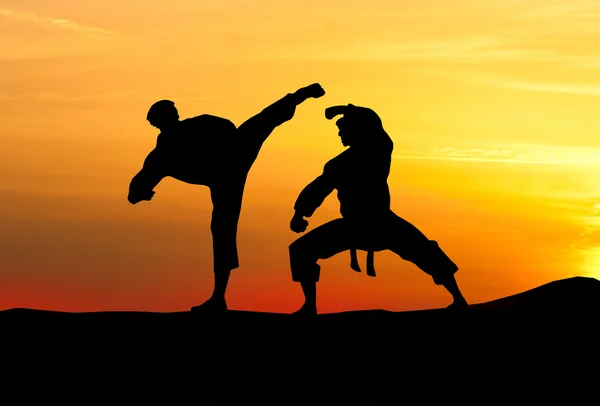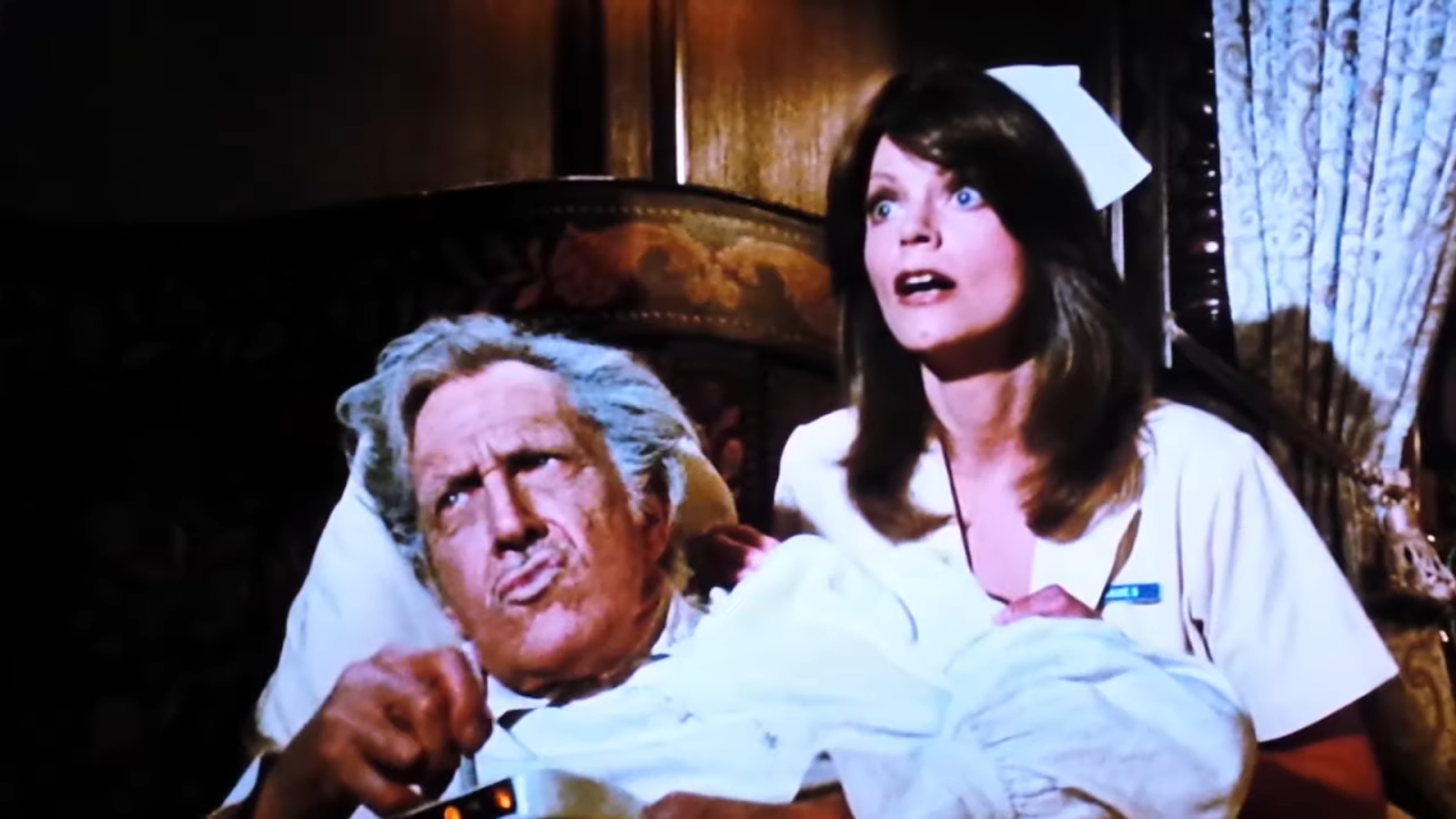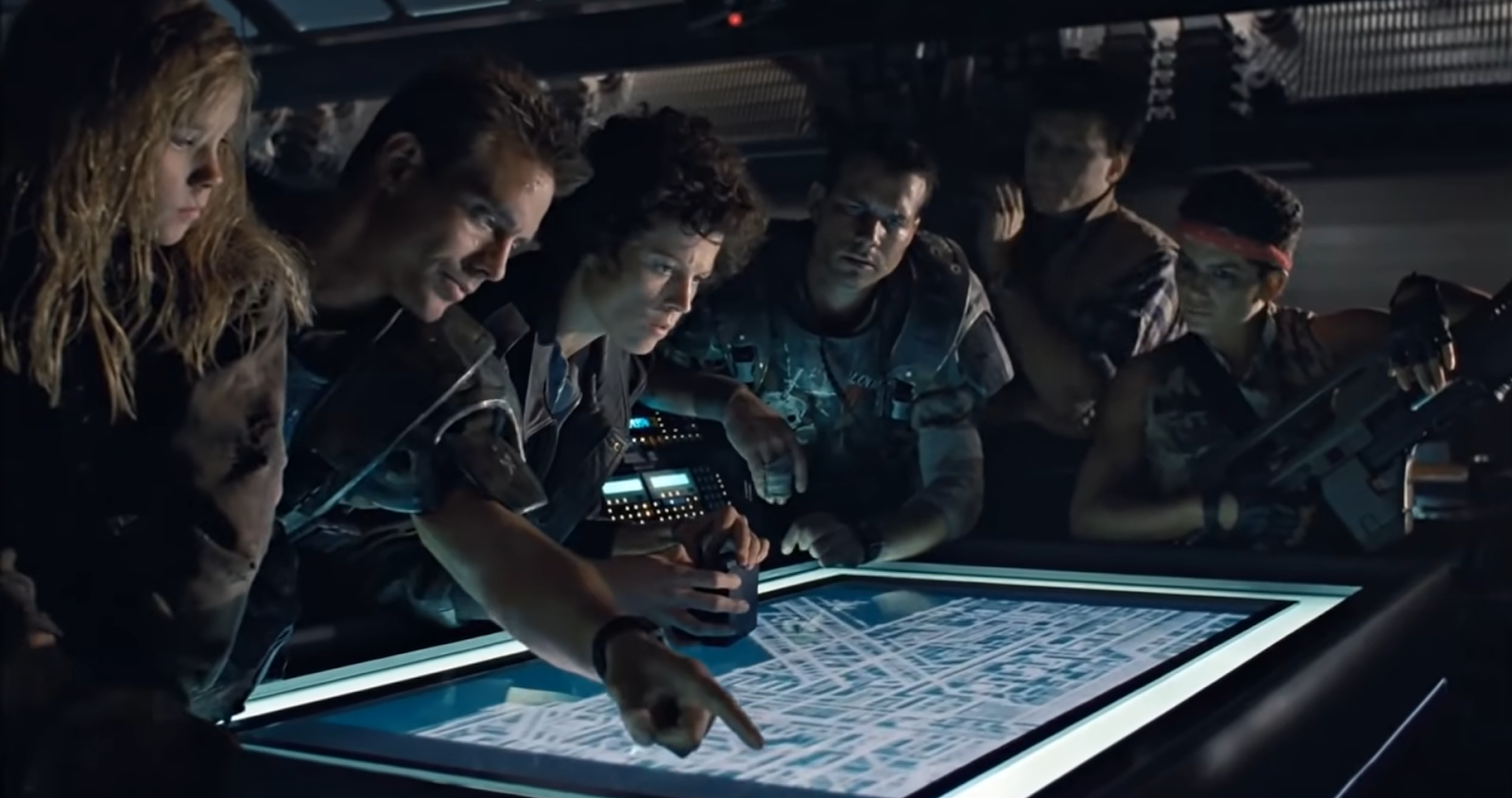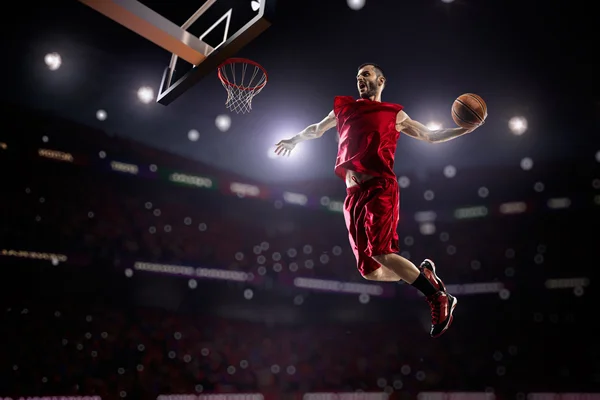The 1970s and 1980s marked a golden era for kung fu movies, a genre that captivated audiences worldwide with its mesmerizing martial arts action and compelling storylines. During this period, martial arts legends like Bruce Lee, Jackie Chan, and Jet Li emerged, leaving an indelible mark on the world of cinema. In this article, we embark on a nostalgic journey to explore the key elements, iconic films, and lasting impact of kung fu movies from the 70s and 80s.
Exploring the Origins of the Genre
The genre of kung fu movies, also known as martial arts films, has a rich and diverse history that spans several decades. Originating in China, these screenplays gained international popularity during the 1970s and 1980s and have continued to captivate audiences around the world ever since. This genre is characterized by its thrilling action sequences, dynamic fight choreography, and themes of honor, justice, and personal development.
Historical Background
Kung fu, which translates to “skill” or “effort,” encompasses various Chinese martial arts disciplines that have evolved and honed over centuries. These diverse styles include hand-to-hand combat, weapon handling, and acrobatic maneuvers, among others. These motion pictures draw inspiration from these traditional fighting techniques, seamlessly weaving them into their action-packed stories and captivating narratives.
Early Influences
The roots of this cinematic genre can be traced back to early Chinese silent films that integrated martial arts elements. In the 1920s and 1930s, films like “The Burning of the Red Lotus Monastery” (1928) and “The Hurricane” (1937) garnered significant attention, spearheading the genre’s development. These pioneering movies played a vital role in establishing kung fu as a distinctive and unparalleled genre in the realm of cinema.
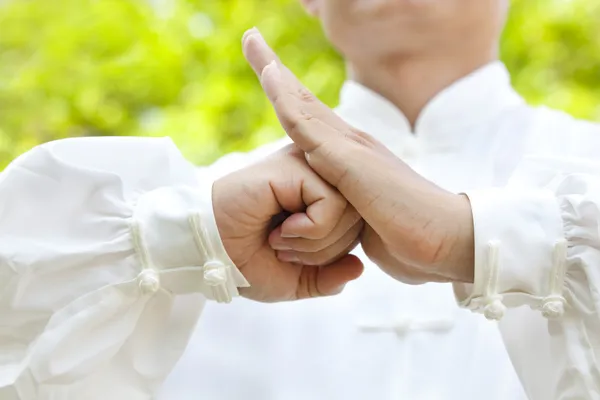
The Rise of Bruce Lee
The turning point for kung fu movies came in the 1970s when Bruce Lee burst onto the scene with films like “The Big Boss” (1971) and “Fist of Fury” (1972). Lee’s electrifying screen presence, extraordinary fighting skills, and philosophy of “Jeet Kune Do” (The Way of the Intercepting Fist) captivated global audiences. He became an international superstar and an iconic figure in martial arts cinema, elevating the genre’s popularity to new heights.
Themes and Motifs
This type of movie often revolves around themes of justice, honor, revenge, and self-discovery. Protagonists are frequently portrayed as skilled fighters who use their abilities to protect the weak and uphold righteousness. They also explore the journey of self-improvement and the quest for inner strength and enlightenment through martial arts training. Additionally, those films often showcase the clash between good and evil, with memorable villains that test the hero’s skills and principles.
Innovative Fight Choreography
A distinctive aspect of this genre lies in its intricate and groundbreaking fight choreography. Renowned choreographers such as Yuen Woo-ping, Sammo Hung, and Lau Kar-Leung introduced elaborate and visually captivating action sequences. These skilled choreographers showcased an array of fighting styles and techniques, encompassing hand-to-hand combat, swordplay, staff fighting, and more. The mesmerizing choreography has now become synonymous with the genre, leaving audiences enthralled by its precision and intensity.
Influence on Global Cinema
The success of all these screenplays in the 1970s and 1980s led to their widespread influence on global cinema. Hollywood and other international film industries took notice and incorporated fighting technique elements into their own action films. The crossover success of actors like Bruce Lee and Jackie Chan helped to popularize this genre outside of Asia, making it trendy and beloved worldwide.
Evolution and Modern Adaptations
Over the years, these flicks have evolved, incorporating modern filmmaking techniques, special effects, and diverse storytelling approaches. While traditional films remain popular, the genre has also adapted to contemporary tastes, blending elements of other forms like comedy, fantasy, and science fiction.
Top Kung Fu Movies
As we have already mentioned, this period was a golden era for combat arts films, with many timeless classics that continue to be beloved by audiences worldwide. Here are some of the top films from this era.
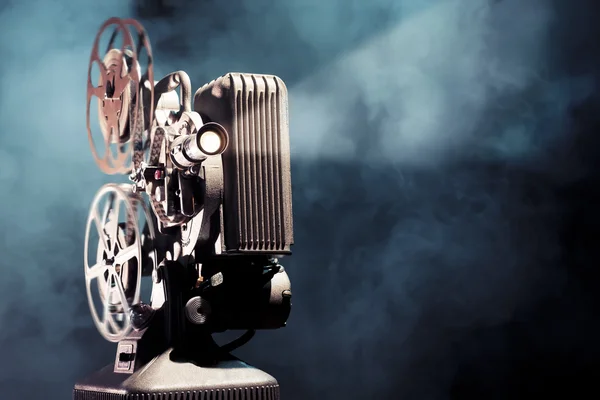
- Enter the Dragon (1973) – Directed by Robert Clouse and starring Bruce Lee, this iconic film is widely regarded as one of the finest martial arts films ever created. Bruce Lee’s dynamic performance as a combat artist recruited to infiltrate a deadly tournament on a remote island is legendary;
- Drunken Master (1978) – Directed by Yuen Woo-ping and featuring Jackie Chan in one of his breakout roles, this film showcases Jackie Chan’s comedic kung fu style as he plays a young troublemaker who must learn the art of Drunken Boxing from his strict but skilled father;
- The 36th Chamber of Shaolin (1978) – Lau Kar-Leung’s directorial prowess shines through in this cinematic gem, with Gordon Liu in the lead role. The film takes audiences on an unforgettable journey alongside a young man driven by vengeance, who ultimately experiences a remarkable transformation into a skilled Shaolin monk. Along the way, he delves into the sacred and revered fighting styles of the Shaolin temple, solidifying his path to becoming a true master;
- Fist of Fury (1972) – Also known as “The Chinese Connection,” helmed by Lo Wei, this gripping Bruce Lee film delves into an enthralling quest for revenge and justice. Bruce Lee’s character is resolute in seeking vengeance for his master’s demise, setting the stage for an action-packed narrative brimming with retribution;
- Five Deadly Venoms (1978) – Directed by Chang Cheh, this Shaw Brothers production follows five martial artists with unique skills, each represented by a different venomous creature, as they navigate deceit and treachery;
- Way of the Dragon (1972) – Also known as “Return of the Dragon,” directed and written by Bruce Lee himself, this movie showcases an unforgettable showdown between Bruce Lee and Chuck Norris, taking place in the iconic Colosseum in Rome;
- Snake in the Eagle’s Shadow (1978) – Under the direction of Yuen Woo-ping and featuring Jackie Chan in the lead role, this film highlights Jackie Chan’s comedic prowess as he masters the Snake Fist style under the tutelage of an experienced master. It also follows his daring quest to confront and defeat the malevolent Eagle Claw clan;
- The Prodigal Son (1981) – Directed by Sammo Hung and starring Yuen Biao, this film tells the story of a spoiled and arrogant son who seeks to prove himself as a combat artist under the tutelage of a skilled expert;
- Police Story (1985) – This adrenaline-fueled film, both directed and starring Jackie Chan, centers around a Hong Kong police officer entangled in a perilous conflict with drug lords;
- Shaolin Temple (1982) – Directed by Chang Hsin-yen and starring Jet Li in the protagonist’s role, this film beautifully depicts the origins of the Shaolin martial arts, with Jet Li embodying a gifted and accomplished young monk.
These films captivated audiences with their awe-inspiring action sequences and martial arts expertise while also leaving an enduring influence on the genre, cementing their status as timeless classics in the realm of cinema.
The Impact of Kung Fu Movies
The impact of these films on popular culture, cinema, and the combat arts genre has been profound. Their influence transcends the boundaries of the silver screen, reshaping people’s perceptions of combat skills, Asian culture, and action films as a whole. Let’s delve into some of the significant influences from this golden era.
Jackie Chan’s Impact
While Bruce Lee’s influence was undeniable, the 1980s brought forth a new sensation in the form of Jackie Chan. Known for his innovative stunts and comedic flair, Chan breathed new life into the kung fu genre. Films like “Drunken Master” (1978) and “Police Story” (1985) showcased his incredible physicality and acrobatic skills. Chan’s ability to blend humor with jaw-dropping action sequences resonated with audiences worldwide, making him a global superstar and paving the way for his future success in Hollywood.
The Legendary Shaw Brothers Studios
The Shaw Brothers Studios, based in Hong Kong, played a crucial role in influencing the overall terrain of this genre in this timeframe. Founded by brothers Run Run and Runme Shaw, the studio produced an impressive roster of classic films. They often featured intricate fight choreography, captivating storylines, and an array of talented martial artists. Titles like “The 36th Chamber of Shaolin” (1978) and “Five Deadly Venoms” (1978) are hailed as some of the studio’s greatest contributions to the genre, leaving a lasting legacy on kung fu cinema.
The Crossover to Western Audiences
As these screenplays gained popularity in Asia, their influence began to cross over to Western audiences. Bruce Lee’s posthumously released film, “Game of Death” (1978), and Jackie Chan’s “Rumble in the Bronx” (1995) marked a significant turning point, bringing this cinema to the forefront of global attention. The distinct martial arts choreography, cultural elements, and themes of honor and justice resonated with audiences from all walks of life, cementing those films as a unique and beloved genre worldwide.
Cultural Representation and Identity
These mesmerizing screenplays pose a crucial role in representing Chinese culture and identity on the global stage. Through these films, audiences were introduced to Chinese traditions, values, and philosophies. Furthermore, kung fu movies often explored themes of honor, loyalty, and self-discovery, transcending cultural boundaries and resonating with diverse audiences. These flicks became a symbol of pride for many in the Asian community and fostered cross-cultural understanding and appreciation.
Martial Arts as Personal Development
Beyond the exhilarating action sequences, they also emphasized martial arts as a path to personal development and self-mastery. Many films featured protagonists who embarked on journeys of self-discovery, facing moral dilemmas, and overcoming personal challenges. Audiences admired the discipline and mental fortitude displayed by the characters, inspiring them to seek self-improvement in their own lives.
Legacy and Influence
Even today, these films continue to inspire filmmakers, actors, and fighting artists worldwide. The themes, techniques, and storytelling elements pioneered in this era continue to shape modern action cinema. Many contemporary filmmakers pay homage to the classics by incorporating references or tributes in their works, ensuring that their spirit lives on for generations to come.
An Analysis of the Music and Costumes
These films are not only celebrated for their thrilling action sequences and captivating storytelling but also for their distinctive music and costumes. Both elements played a crucial role in enhancing the overall cinematic experience, contributing to the genre’s enduring popularity and influence. In this analysis, we delve into the significance of music and costumes in kung fu movies of this era.
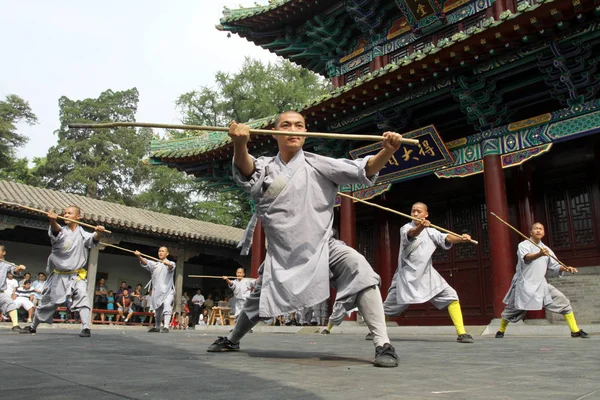
Music
- Memorable Soundtracks. All these pictures are often associated with iconic soundtracks that have become timeless classics. These scores, composed by talented musicians like Joseph Koo, Wang Fu-ling, and Lalo Schifrin, effectively set the tone for the action on screen. The music complements the choreography, heightening the excitement during fight scenes and infusing emotion during poignant moments;
- The Blend of Traditional and Modern. The music there strikes a balance between traditional Chinese melodies and contemporary arrangements. Traditional Chinese instruments like the erhu, guzheng, and pipa are often incorporated alongside Western orchestration. This fusion of musical styles creates a unique and captivating auditory experience, reflecting the blend of old and new found in the films themselves;
- Motifs for Characters. Memorable characters are often associated with specific musical motifs. Heroic protagonists may have uplifting and empowering themes, while villains are accompanied by more sinister and intense music. These musical motifs help the audience connect with the characters on a deeper level and enhance the storytelling;
- Dance. The rhythmic and percussive qualities of the music often mirror the movements of the intense choreography. The music acts as a partner to the action on screen, elevating the excitement and immersing the audience in the martial arts world.
Costumes
- Symbolism and Characterization. All the costumes are carefully designed to reflect the characters’ personalities and styles. Protagonists often wear traditional Chinese attire, such as flowing robes and uniforms, symbolizing their connection to ancient traditions and values. Villains may don more elaborate and extravagant outfits, signifying their arrogance and pursuit of power;
- Practicality and Freedom of Movement. A heavy emphasis is placed on action and fight choreography, and costumes must accommodate the rigorous movements required by the actors. Martial arts uniforms, with their loose-fitting design and lightweight fabrics, offer freedom of movement and allow for dynamic and acrobatic fight sequences;
- Color Symbolism. Colors play a significant role in these special costumes. Red, symbolizing power and vitality, is often associated with protagonists. Black, representing mystery and danger, is commonly worn by villains. Costume colors can also reflect the characters’ allegiances, such as white for purity and righteousness or blue for loyalty and wisdom;
- Cultural Representation. These outfits not only serve the narrative but also act as a representation of Chinese culture and traditions. The incorporation of traditional clothing, uniforms, and various accessories reflects the filmmakers’ commitment to authenticity and respect for Chinese heritage.
Summing Up
These movies left an indelible mark on the world of cinema, captivating audiences with their mesmerizing martial arts action, cultural representation, and timeless storytelling. Legends like Bruce Lee and Jackie Chan became symbols of empowerment and inspiration, and the choreography of Yuen Woo-ping and Lau Kar-Leung set new standards for martial arts cinema. Beyond entertainment, these films represented Chinese culture and values, fostering cross-cultural appreciation and understanding. The legacy of kung fu movies from this golden era continues to influence and inspire filmmakers, ensuring that their impact remains everlasting.

